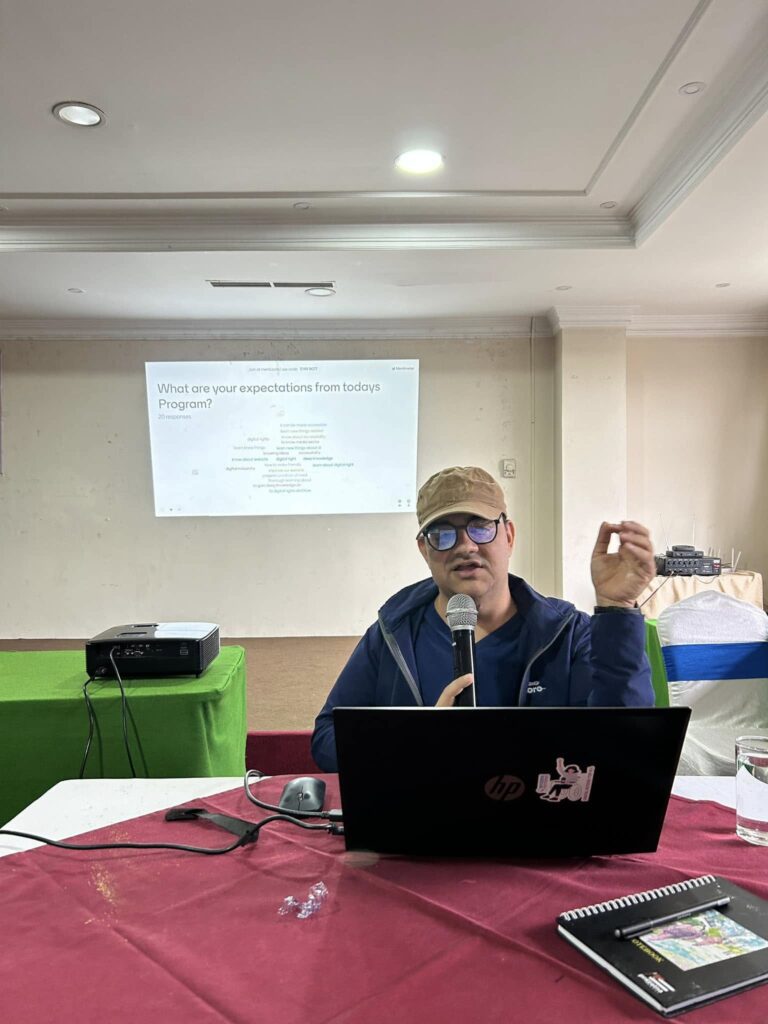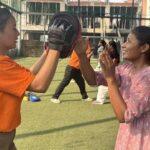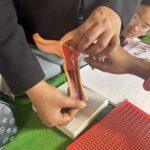
Prayatna Nepal, a self-help organization dedicated to empowering visually impaired women and girls, recently conducted a consultation on digital accessibility on national and international laws, policy, frameworks, universal design and accessibility standards to content developers, IT professionals, government representatives, private sector stakeholders, and representatives from Organizations of Persons with Disabilities (OPDs). The organization, established by a group of women both with and without visual impairments, possess a diverse board with 71% of its members, including the chairperson, being visually impaired. This inclusive approach aims to foster a comprehensive understanding and collaborative effort to enhance the social, cultural, economic, environmental, and political lives of visually impaired women.
The consultation, facilitated by Mr. Sagar Prasai, began with a warm welcome by Ms. Jalasa Sapkota, introduction, pretest and an opportunity for participants to share their expectations. The educational portion of the event covered a wide range of topics, including various types of disabilities, the fundamentals of digital accessibility, and the importance of assistive technologies. Mr. Prasai emphasized the four principles of digital accessibility: Perceivable, Operable, Understandable, and Robust, and discussed the Web Content Accessibility Guidelines (WCAG) 2.1.
A practical demonstration by Mr. Arya Niraula, a visually impaired participant, showcased the use of screen readers on laptops, providing attendees with a firsthand understanding of how visually impaired individuals navigate digital content. This was followed by hands-on sessions where participants practiced creating accessible content using various software applications and social media platforms.
The event concluded with participants making commitments to apply their newly acquired knowledge in their personal and professional lives. These commitments ranged from improving the accessibility of organizational websites and social media posts to enhancing the accessibility of documents and multimedia content. Many pledged to implement alt text for images, use accessibility checkers, and create accessible PDFs. Others committed to incorporating captions and subtitles in video content and educating colleagues on digital accessibility practices.
Some participants focused on broader advocacy efforts, such as lobbying for increased accessibility in government health-related digital content and raising public awareness about various types of disabilities. A participant working with individuals with autism made a specific commitment to implement accessibility features in digital teaching tools for autistic individuals.
Overall, the consultation demonstrated a comprehensive approach to improving digital accessibility across various sectors, reflecting the participants' engagement with the workshop content and their dedication to creating more inclusive digital environments.



